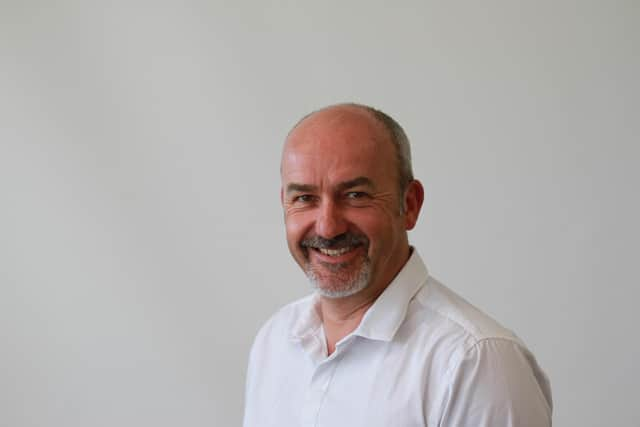The benefits of low emission air travel in the Highlands and Islands go sky high – Ian Risk
The report that came from this partnership showed that further investment in green aviation could yield significant results in the form of social and economic benefits, with the potential to create jobs and improve mobility across the Scottish Highlands and Islands.
It follows a Scottish Government announcement of three pilot schemes to help Scotland’s tourist hotspots pave the way to net zero and the second Strategic Transports Projects Review (STPR2), which highlighted the need to make transport in Scotland more sustainable.
Advertisement
Hide AdAdvertisement
Hide AdThe aim of the research, appropriately named Project Eilean (Gaelic for island), was to examine the viability of a low emissions aircraft that would be capable of short haul operations across Scotland’s furthest-flung regions.


By modelling a new concept that could be applied to existing aircraft – specifically the 19-seater Loganair DHC Twin Otter 400 Series – our team of engineering experts used complex digital analysis to assess alternative fuel sources, including electric batteries, hydrogen electric and hybrid fuel.
The report also outlined six flight paths that could reduce reliance on road or rail transport while boosting tourism. The six routes would connect Kirkwall, Wick, Inverness, and Skye to city hubs of Aberdeen, Glasgow, and Edinburgh, and increased passenger numbers combined with more sustainable aviation are expected to lead to a mammoth jobs boost of up to 2,500 new roles in the Highlands and Islands alone, in addition to an increase in skills retention and development within the existing resource pool.
However, while we know there is a clear global market – in excess of 2,000 aircraft – for regional green aviation, our research showed that the progress from concept to reality would require lighter batteries with up to ten times the existing power storage to be developed. Hybrid fuel could increase fuel efficiency by 12% but, with bigger targets to meet, shorter term solutions including hydrogen fuel are more likely to enable the industry to reduce its footprint.
If green aviation fuel requirements could be woven into wider hydrogen initiatives, this could propel the industry to new sustainable heights. And with the UK government placing a renewed focus on the potential for hydrogen energy in its Energy Strategy launched yesterday, this could well become a reality.
Project Eilean shows the possibilities for sustainable aviation in Scotland, and the significant future impact this could have on the aerospace industry. There is the potential to create new routes, boost tourism, improve connectivity and create new jobs, whilst paving the way to achieving net zero by 2045.
Enhancing connectivity links is vital for communities cut off from other modes of transport and, through digital engineering, we have identified potential routes that not only optimise sustainability but have the potential to boost local economies.
A truly sustainable proposition for Scotland.
Ian Risk is Chief Technology Officer at the Centre for Modelling and Simulation
